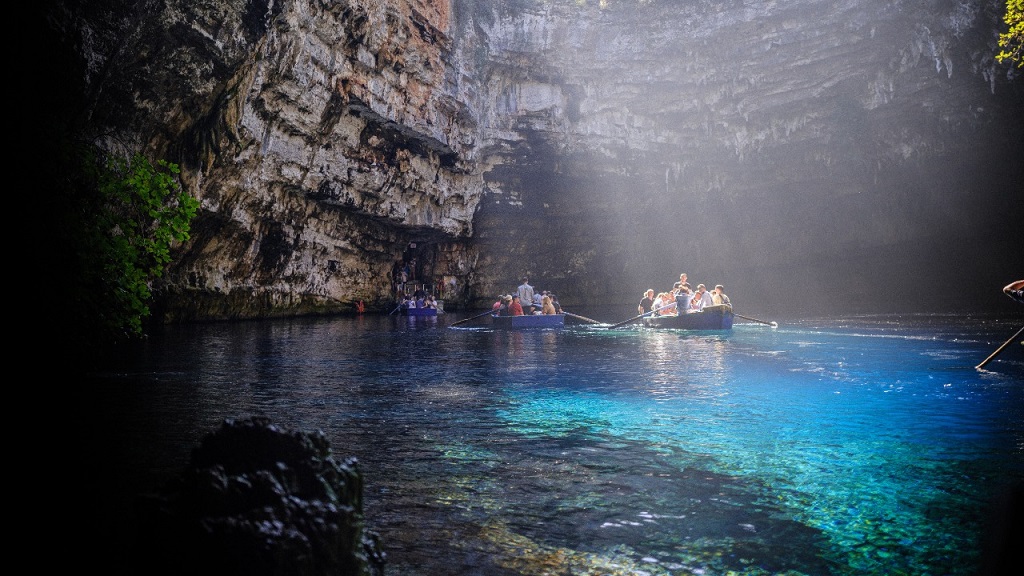
Greece, a land of gods and nymphs, has a number of exquisitely beautiful places that appear to have come out of a fairy tale, being formed back in another time and almost in another world. Here are some of Greece’s most haunting places that you won’t believe actually exist.
The most haunting places in Greece
Melissani Cave, Kefalonia
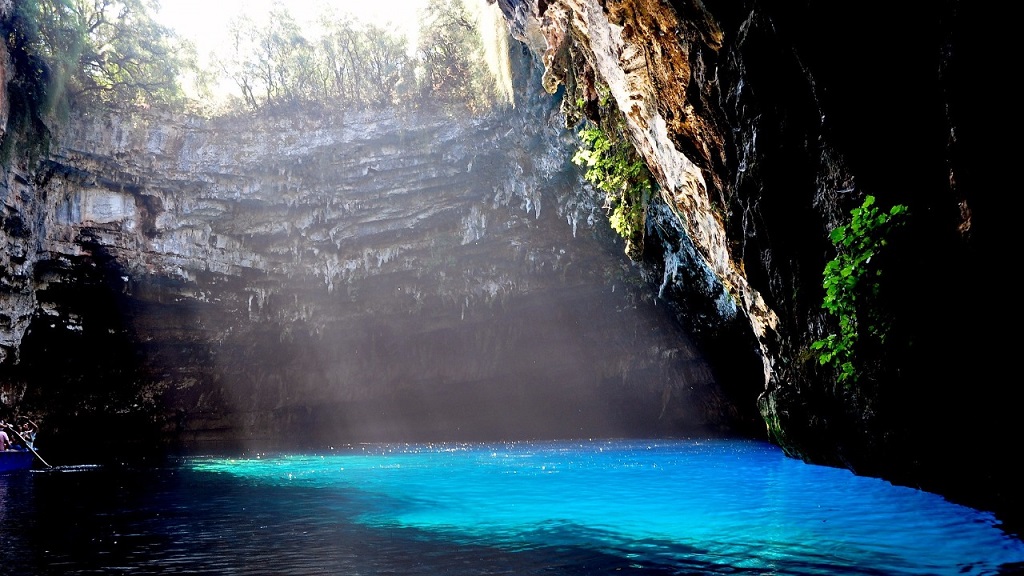
A sky-blue lake that was once believed to be the living quarters of nymphs, it is hauntingly beautiful, and legend has it that the nymph Melissani drowned herself due to her unrequited love for the god Pan at the lake. This unique geological phenomenon is created by water’s erosion of calcareous rocks.
Vlychada Beach, Santorini
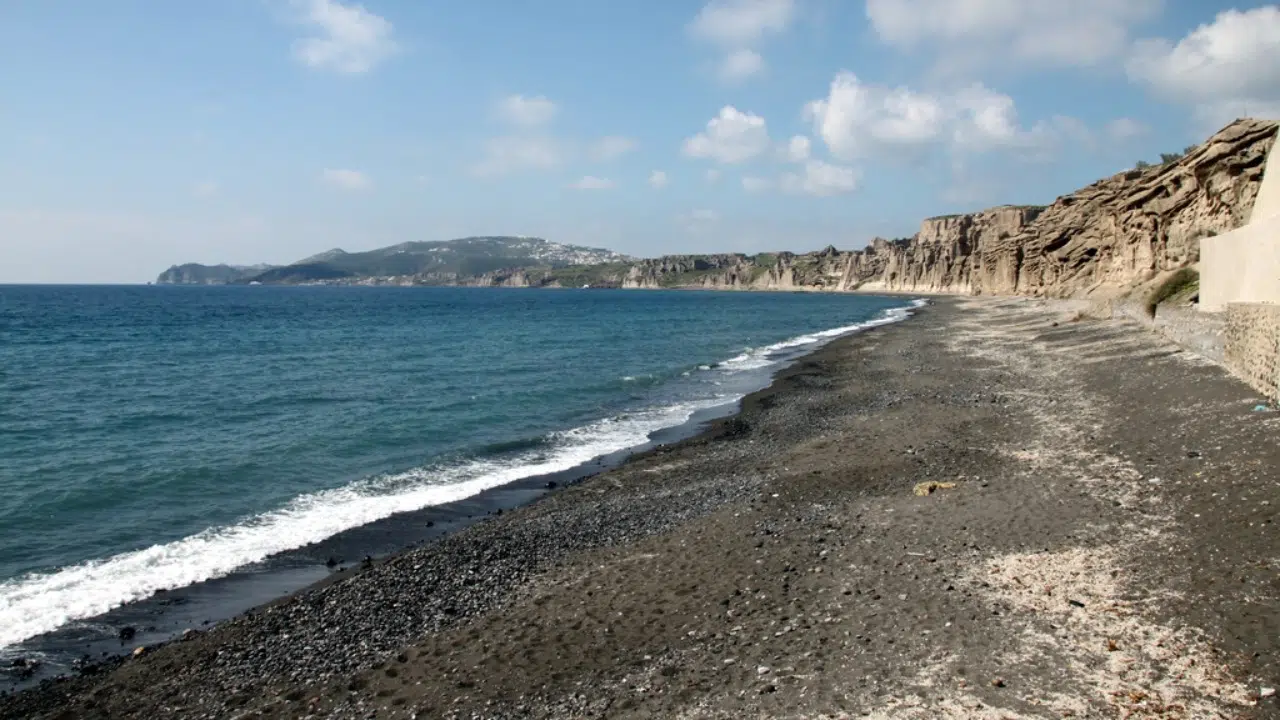
Windswept formations transport visitors to a lunar landscape on the volcanic island of Santorini. Sand dunes are created during the winter months, creating interesting formations and sand caves. Occasionally, bulldozers even have to be called in to dig out beach-goers. The abandoned tomato factory nearby and ashen volcanic sand add an eerie quality to the beach.
Gamila Dragon Lake, Mt. Tymfi
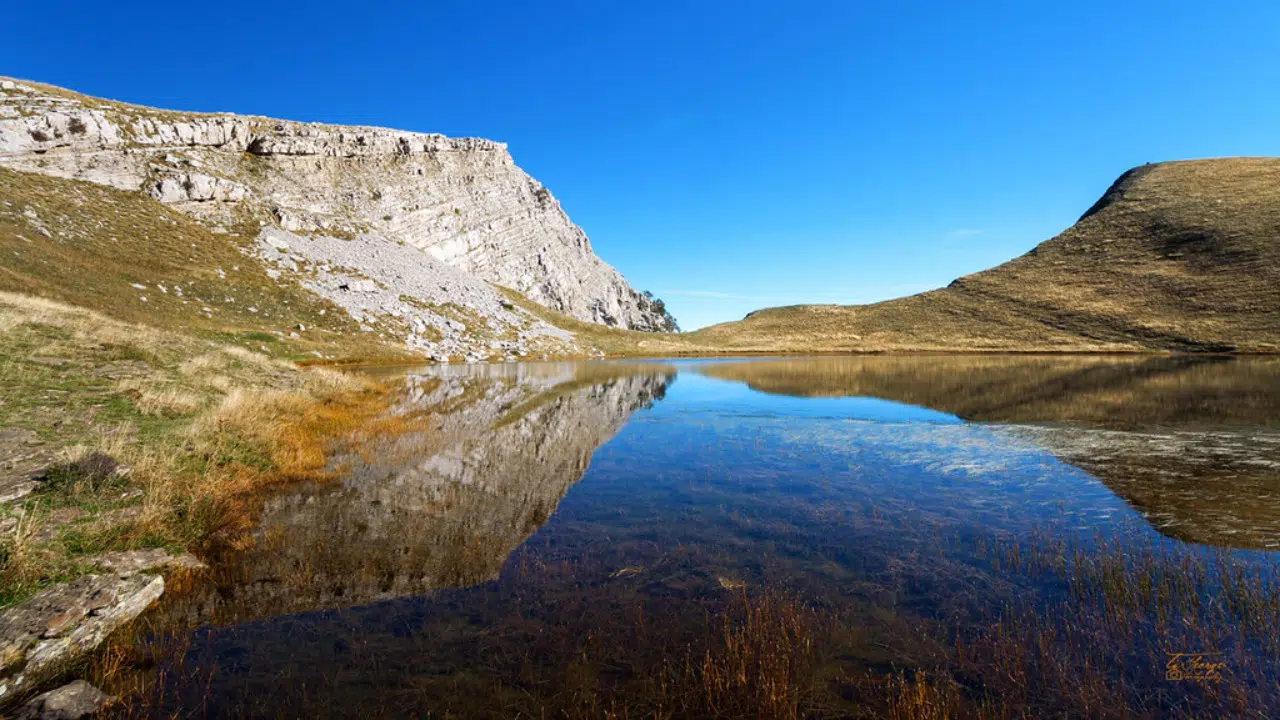
Greece’s alpine lakes were customarily believed to have been created by dragons throwing stones at each other. The spectacular lakes bear the name of the beasts that created them. Gamila, at 2,050 meters (6,725 feet), the highest point of Mt. Tymfi, lies between the Aoos River and Voidomatis along the North Pindus Range.
Blue Caves, Zakynthos
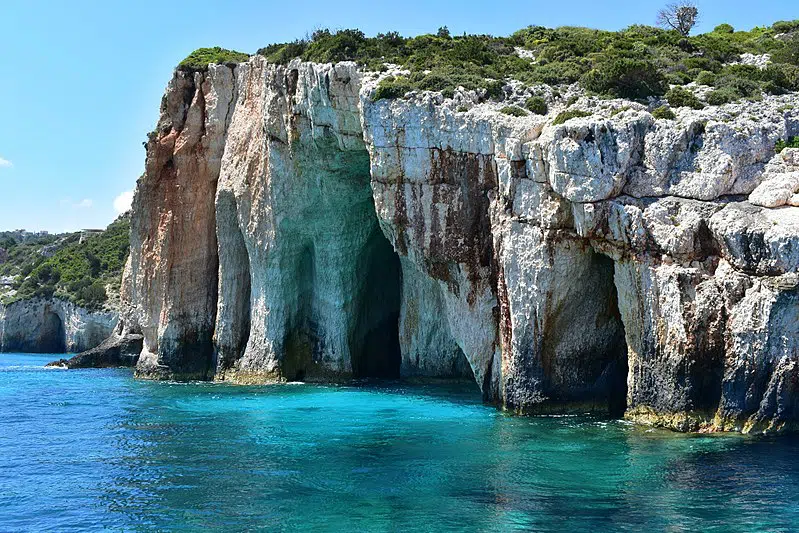
Located at the north coast of Zakynthos, Greece, the caves were created thanks to waves crashing into the limestone cliffs. The sun is apparent on the walls of the tunnels and caves that the waves have carved into the cliffs over the millennia.
Meteora, Thessaly
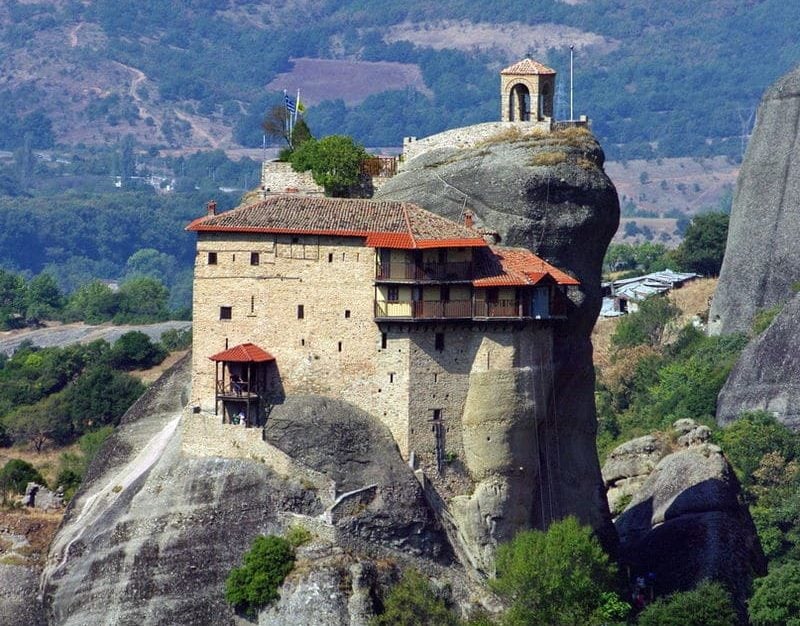
The Holy Monastery of Rousanou is one of six monasteries built on natural sandstone rock pillars at Meteora on the northwestern edge of the Plain of Thessaly in Central Greece.
Established in the middle of the 16th century, it was damaged by Germans during WWII. It is lower in altitude than other monasteries in the region in elevation, but this makes it more accessible. Nuns have occupied the convent since 1988.
Saint Theodora, Vasta

The small village of Vasta has acquired fame due to its “miracle church” of Saint Theodora, who lived in the 11th century BC and helped defend her village by disguising herself as a man before she went to fight.
She died a violent death in battle while calling out the oath: “Let my blood become church, my blood a river, my hair the forest.” Built at the site of her grave, a local river rerouted to pass directly under the church, causing seven trees to sprout from its roof. Some believe this was indeed a miracle, attributed to Saint Theodora’s last words.
See all the latest news from Greece and the world at Greekreporter.com. Contact our newsroom to report an update or send your story, photos and videos. Follow GR on Google News and subscribe here to our daily email!



